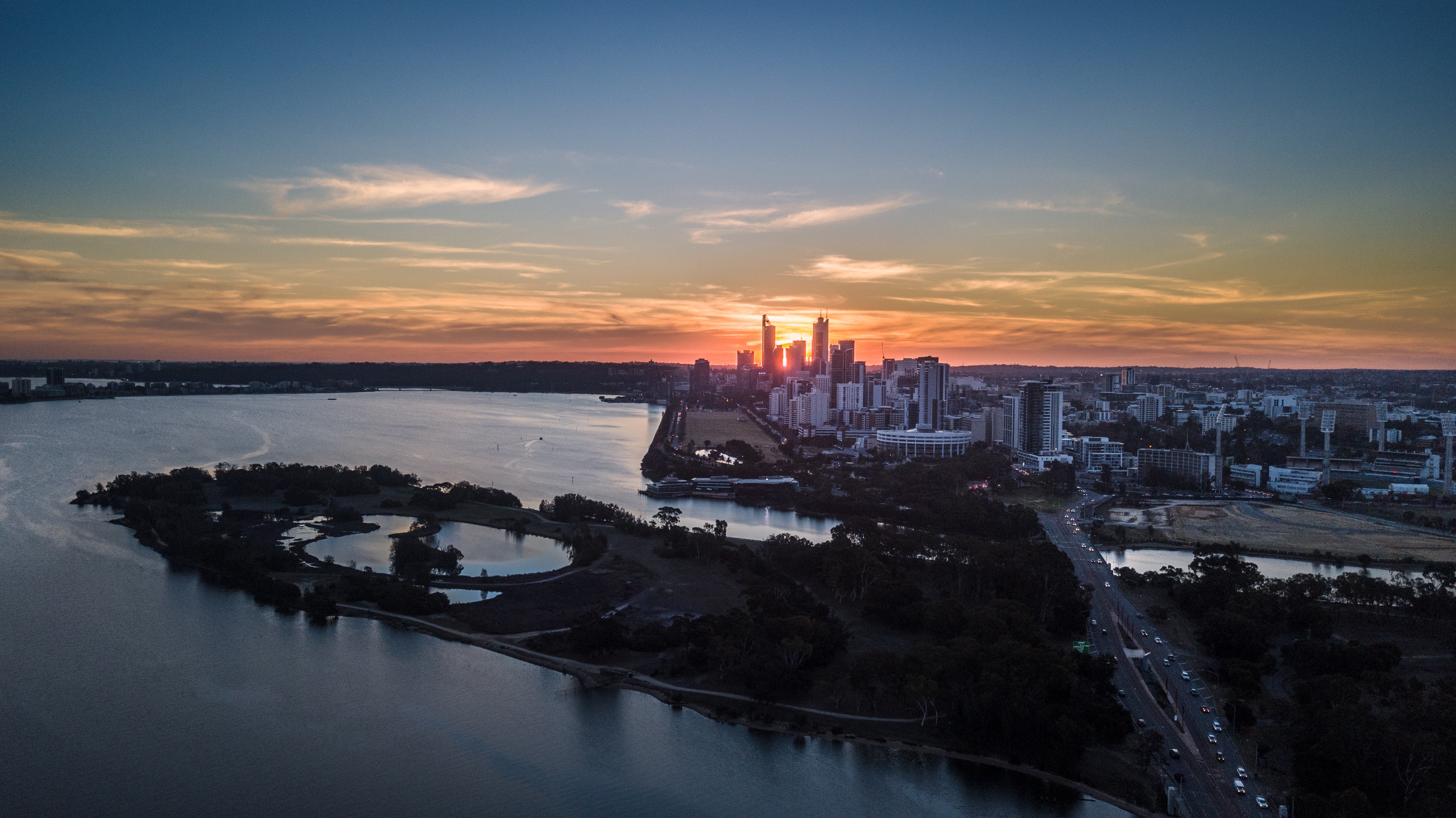Implementation plan released for a water sensitive Greater Perth
Perth and Peel stakeholders are pushing full steam ahead on creating a city that manages water in the urban landscape in ways that create healthy environments and great places to live, now and in the future.
The latest milestone for the city’s Water Sensitive Transition Network (WSTN) is the release of the Vision and Transition Strategy for a Water Sensitive Greater Perth – Implementation Plan 2019–2021. The WSTN is a strategic network of 26 stakeholder organisations including State Government departments, Local Governments, research institutions and industry representatives.

What’s in the plan?
The implementation plan flows on from the Vision and Transition Strategy for a Water Sensitive Greater Perth that the CRCWSC helped stakeholders prepare as part of Integrated Research Program 1 (Water sensitive city visions and transition strategies). It’s the framework for delivering, monitoring and reviewing Perth’s transition progress.
The implementation plan outlines 31 strategic, coordinated actions that key stakeholders will take to progress Greater Perth’s transition to a leading water sensitive city. The actions span four themes:
- Fostering stewardship of the system
- Protecting and enhancing the wellbeing of people and the environment
- Integrating and engaging with the built and natural landscape
- Sustaining the long term use of Perth’s resources.
The plan charges those responsible for managing the region’s water to make the most of all opportunities across the urban water cycle, to deliver greater community benefit and protect water environments. Collaboration among WSTN members underpins the plan, which is an essential element of any water sensitive city transition.
The WSTN has seized the opportunities from the original strategy and is now running a self-sustaining transition process driven by the stakeholders, to implement strategic actions.
What are the challenges for Perth?
Like many Australian cities, Greater Perth faces complex challenges that require innovative approaches, to challenge traditional thinking and resolve problems. Its climate is becoming hotter and drier (increasing water scarcity), while urban expansion and intensification increase the demand for water. A key challenge is how to create and maintain highly liveable communities for a growing population when natural water sources continue to decline.
According to WSTN Chair, John Savell, a multidisciplinary approach to water planning will uncover the clever solutions to water challenges the city desperately needs.
‘We need to integrate water and vegetation throughout the urban landscape to reduce urban heat, provide human health and wellbeing benefits, and protect our receiving waterbodies.
‘Our multidisciplinary approach to city planning will enable our city to evolve as resilient to climate change, highly liveable, economically productive and sustainable over the long term,’ John said.
Find out more
Greater Perth was one of six Australian cities that used WSC Index benchmarking, visioning and transitions processes to develop a Water Sensitive City Transition Strategy. You can view the Vision and Transition Strategy for a Water Sensitive Greater Perth here. And you can read the newly released implementation plan here.